The Two Cooking Methods for Making Jam
As an expert jam maker, it is important to master different cooking methods to achieve tasty and high-quality jams. La Chambre reveals the two cooking methods for making homemade jams: the slow cooking method, known as "maceration," and the quick cooking method, known as "immediate."

Ingredients
Fruits: Use fresh seasonal fruits. The most commonly used fruits for jam include strawberries, raspberries, apricots, peaches, plums, and figs.
Sugar: Granulated white sugar is generally used. The amount of sugar can vary depending on the recipe, but a general rule is to use the same amount of sugar as fruit (1:1 ratio).
Lemon Juice: Lemon juice helps with preservation and gelling of the jams. Typically, the juice of one lemon is used for every kilogram of fruit.
For Slow Cooking (Maceration):
- A large container for maceration.
- A thick-bottomed pot for cooking.
For Quick Cooking (Immediate):
- A thick-bottomed pot for even cooking.
- A wooden spoon for constant stirring.
Other Items:
- Sterilized Glass Jars: For storing the jam.
- Airtight Lids: To seal the jars and ensure long-term preservation.
- Jam Funnel: To pour the hot jam into the jars without spilling.
- Jam Thermometer (optional): To check the temperature of the jam during cooking or to perform the cold plate test.
In summary, the basic ingredients remain the same for both cooking methods, but the preparation time and tools used can vary slightly. Be sure to choose high-quality fruits and carefully follow the instructions for each method to achieve the best results.
Instructions
Slow Cooking (Maceration)
Slow cooking relies on a period of maceration of the fruits with sugar before cooking. This allows the fruits to soak up the sugar and release their juice, resulting in a jam rich in flavor and texture.
Steps:
Preparing the Fruits: Wash and prepare the fruits (peeling, pitting, etc.). Cut them into pieces if necessary.
Maceration: In a large container, mix the fruits with the sugar. Optionally, add a bit of lemon juice to aid in preservation and gelling. Cover and let macerate for several hours, or even overnight. This step allows the sugar to penetrate the fruits and extract their juice.
Cooking: Transfer the mixture to a large pot. Cook over low heat, stirring regularly to prevent the fruits from sticking to the bottom. Cooking can last between 30 and 60 minutes, depending on the water content of the fruits and the desired consistency. Skim off the foam that forms on the surface. Test the gelling by placing a drop of jam on a cold plate: if it sets, the jam is ready.
Jarring: Pour the hot jam into sterilized jars. Seal the jars tightly and turn them upside down to create a vacuum, then let cool.
Quick Cooking (Immediate)
Quick cooking involves cooking the fruits and sugar together over a shorter period. This method is ideal for preserving the bright color and fresh aromas of the fruits.
Steps:
Preparing the Fruits: Wash and prepare the fruits as for the maceration method.
Immediate Cooking: In a pot, mix the fruits with the sugar and a bit of lemon juice. Cook over high heat, stirring constantly to prevent the mixture from burning. Cooking should be quick and intense, between 10 and 20 minutes, depending on the fruits used. This method requires constant attention to avoid burning the mixture and to ensure proper gelling. Skim off the foam regularly.
Gelling Test and Jarring: Test the gelling in the same way as for slow cooking. When the jam is ready, pour it into sterilized jars. Seal tightly, turn the jars upside down to create a vacuum, and let cool.
These two methods offer delicious but different results. The maceration method produces a jam rich and deep in flavor, while quick cooking preserves the freshness and color of the fruits. Choose the method that best suits your needs and taste preferences.
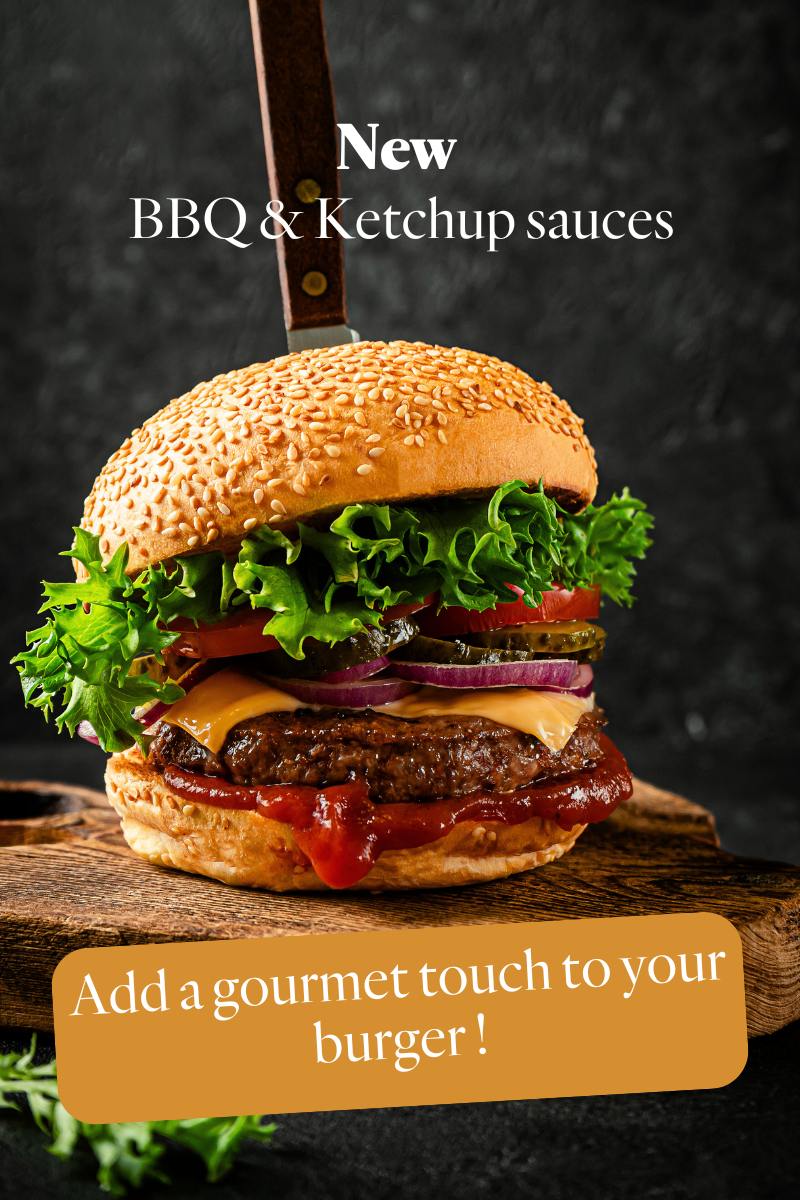
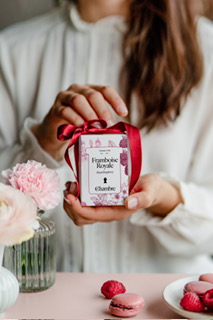


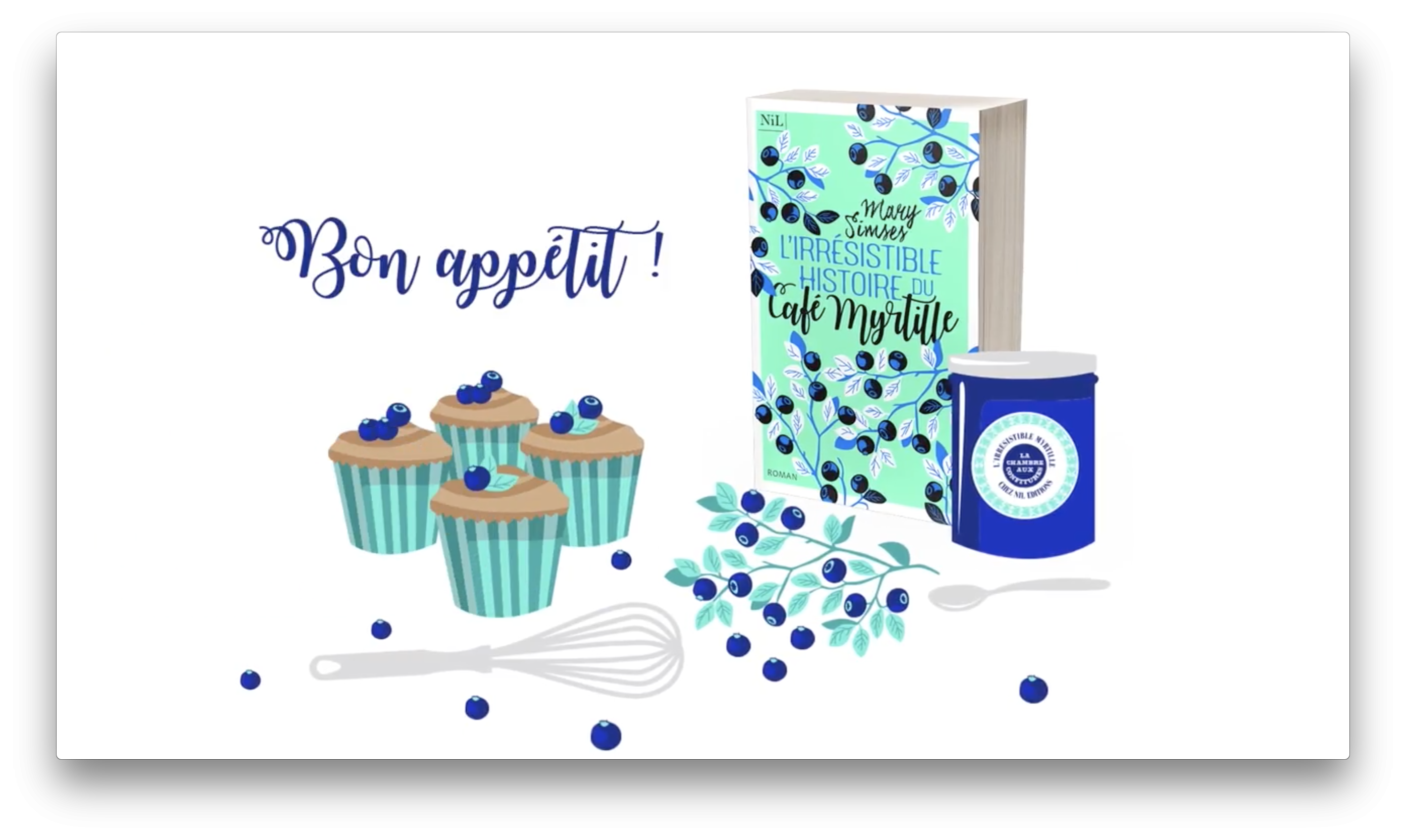
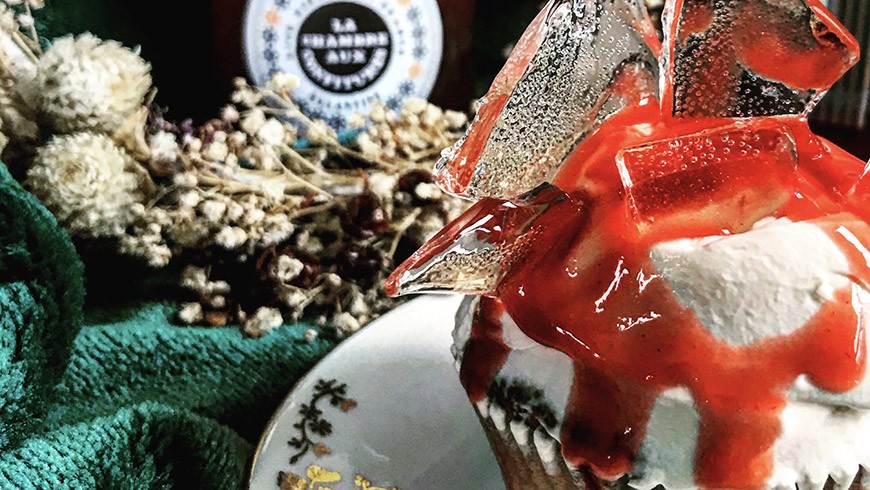
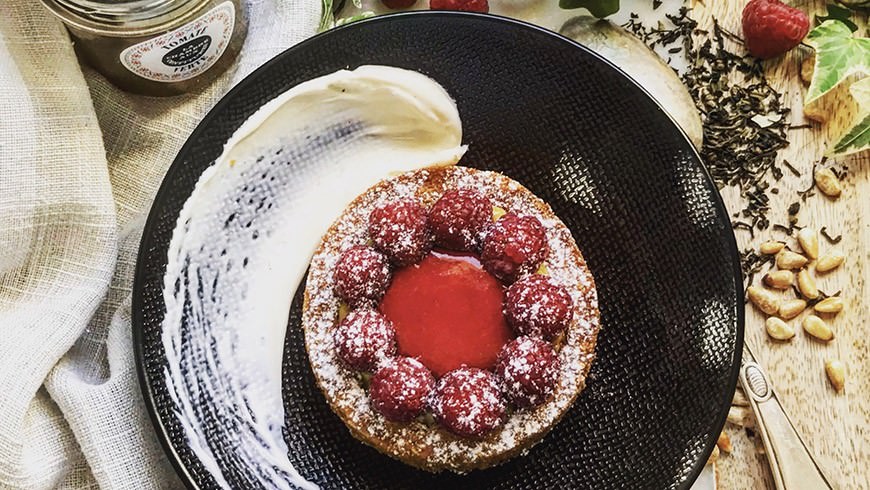
comments (0)